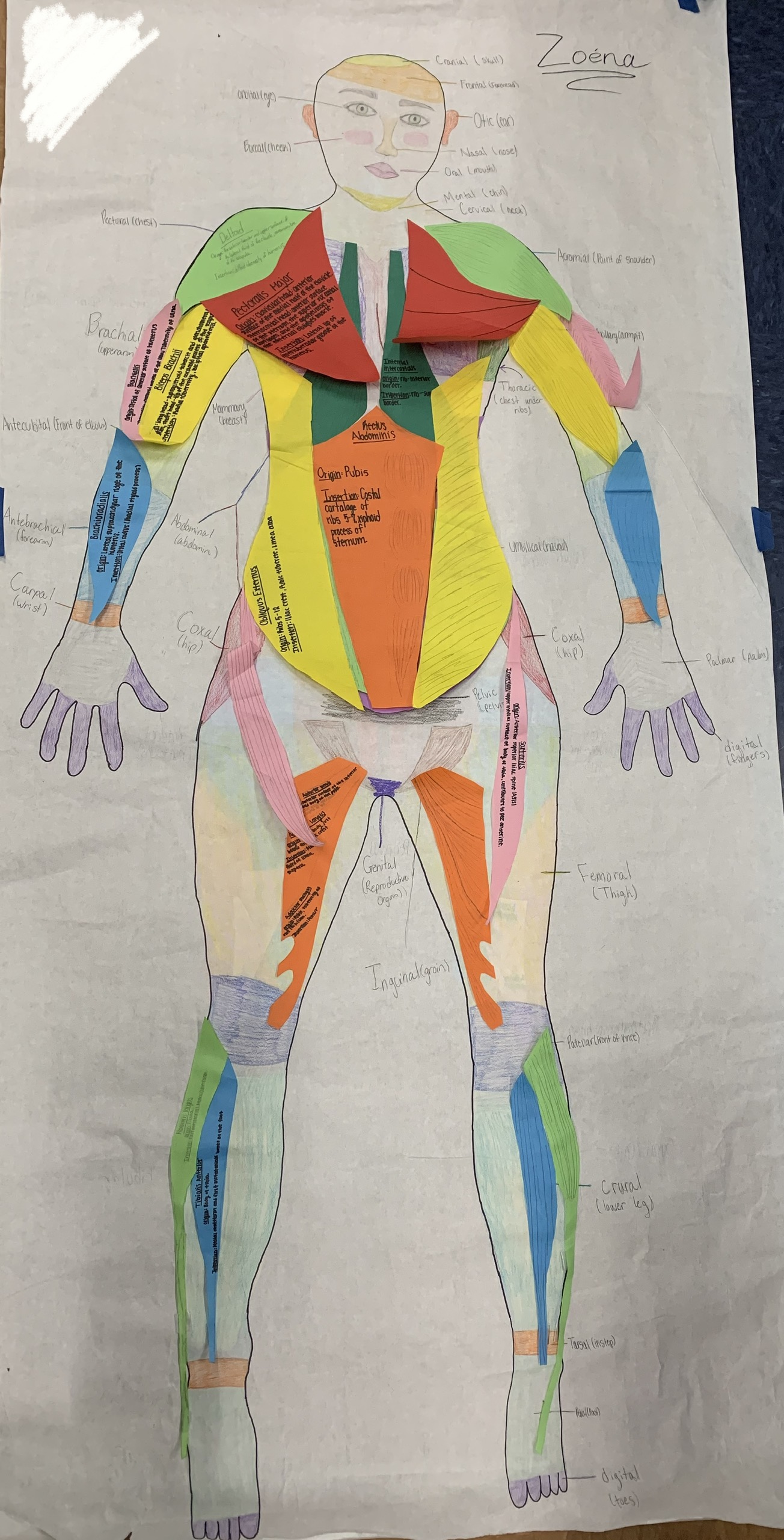This is the fourth in a series of blog posts summarizing my reflections on what it means to provide learning opportunities for every student, every day. #AllMeansAll
At the beginning of each year, I send a safety contract home with my students to sign with their parents. There’s also a place for parent and student to sign that they read and understand the course information and syllabus. The truly important questions, though, are on the other side of the paper.
Yes, I want to know what parents expect for their child in my class. While this survey is far from scientific, every year the answers I receive cause me to reconsider how I communicate with students and parents. Here, in general terms to protect privacy, is a summary of some of the most common comments from parents explaining what they want for their kids. Some comments are not at all surprising. Some comments, however, make me step back and think.
Parents want me to:
- be enthusiastic about our learning.
- be a really great teacher.
- know if their child will learn to work with chemicals safely.
- treat their children courteously and with respect.
- know their children are kind, funny, clever, interesting, talented, intelligent, hard-working, conscientious, scared, stressed, anxious, are quick learners, struggle with math, are gifted artists and writers and musicians.
- be available for any help their child might need with understanding concepts or learning skills.They want me to know their child doesn’t always like to ask for help.
- communicate with them if there are any issues with their children, be they behavioral or academic – assignments missing, failing grades. They want to hear from me if they call or email.
- actually teach the class and not just hand out papers and expect students to understand.
- know they can’t help with chemistry homework.
- provide career guidance and prepare their children for college.
- give help, when their child needs it.
Parents want their children to:
- be challenged appropriately.
- enjoy science and learning.
- “just please pass this class.”
- be able to ask questions and get answers delivered in a way that doesn’t make their child feel like an idiot.
- be challenged.
- be given clear expectations
Parents want to know what they can do to help their children be successful.
Most of all, each parent wants me to know his/her child; to know that Rosa loves her dogs more than anything; that Abby is on the state equestrian team and is a horse whisperer; that John needs frequent check-ins for understanding, that Katie lost her glasses and won’t be able to get a new pair for 3 weeks; that Zach is having surgery in October and will miss at least a week, that Mindy has anxiety attacks before tests but does just fine if I offer some reassurance beforehand that I know she can do well; that Jose wants to be a physicist and will take AP Chemistry and physics both next year; and that Roger wants to take over his grandfather’s machine shop after graduation.
There are very few surprise responses. Parents do ask questions, and they expect answers.
How am I changed by knowing all this? Students love knowing that I know a bit about them when I plan our work together. I can better craft physical and emotional learning environments that meet all students’ needs. I know student seating preferences, who is reserved about speaking out, who doesn’t read aloud in class, There’s something positive to talk about when I call home.
What do you do to better know your students?
Like this:
Like Loading...



